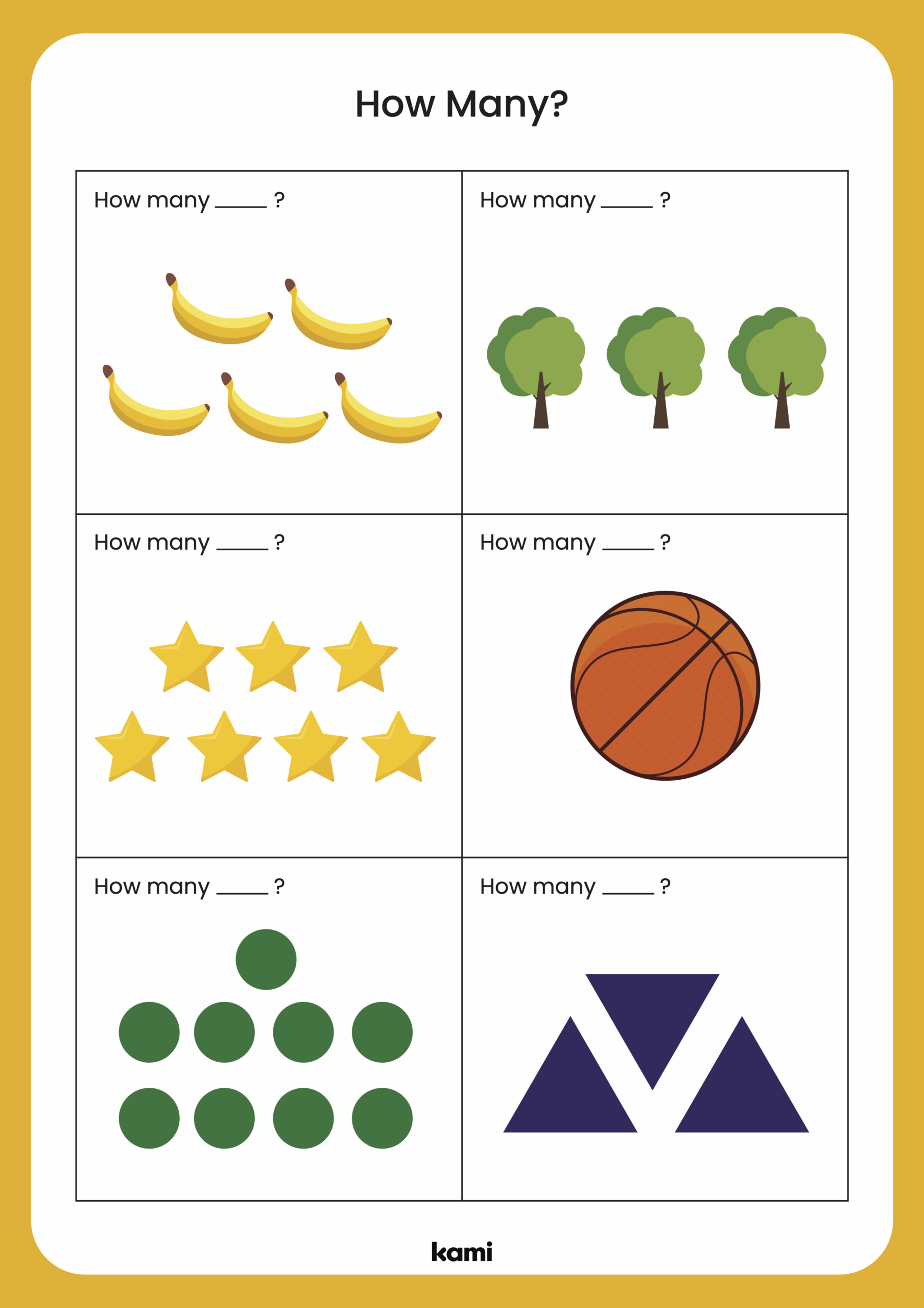The concept of “how many” heralds a profound inquiry into the quantification of existence, a fundamental question that transcends mere enumeration. This investigation delves into the realms of mathematics, linguistics, philosophy, and beyond, prompting scholars to reconsider their approach to numbers and what they signify. The inquiry encapsulates an exploration of limitless possibilities and quantifies the essence of objects, ideas, and abstract notions that shape our understanding of reality.
At its core, the phrase “how many” serves as an entry point to the world of arithmetic and numerical representation. It evokes the fundamental discipline of counting, a skill developed in early childhood that lays the groundwork for advanced mathematical concepts. Children learn to categorize their environment by associating quantities with specific objects, creating an early understanding of the numerical world. Yet, as one progresses into more intricate realms, counting transcends mere numbers and invites a deeper comprehension of patterns, relationships, and the intrinsic nature of quantities.
The transition from basic counting to more advanced mathematical reasoning unveils the beauty of combinatorial mathematics. When pondering how many combinations can arise from a set of elements, one is led to the fascination of permutations, where order and arrangement become critical. The exploration of factorial numbers illustrates how rapidly complexity escalates; just imagine the vast potential: in a simple group of ten distinct items, the permutations manifest into a staggering 3,628,800 possible arrangements. Such revelations shatter the limitations of simple counting, nudging the mind towards a recognition of the limitless combinatorial possibilities inherent in the world.
As discussions surrounding quantity evolve, they encroach upon philosophical dimensions. Philosophers have long debated the nature of existence and value; discussions surrounding definitions of “how many” invite reflection on existential questions. Take, for instance, the query regarding how many friends one truly possesses. The sociological implications of such an inquiry encapsulate the difference between superficial acquaintances and genuine companionship, igniting exploration into the qualitative aspects of relationships.
This philosophical aspect extends further into how we quantify experiences and memories. When one reflects on how many significant moments have shaped personal identity, the answers may defy numerical limitations. The qualitative assessment of experiences prompts an exploration into how humanity assigns meaning to events, transcending mere numbers. Herein lies the challenge of quantifying the unquantifiable, an endeavor fraught with complexity yet enriching in its pursuit.
In contexts such as ecology and environmental science, the question of “how many” assumes vital significance. Consider the delicate balance of ecosystems; when biologists seek to ascertain how many organisms of a particular species inhabit a specific area, they tread a precarious line. The complexities of population dynamics reveal not only numbers but also the interrelated relationships within ecosystems. This inquiry holds substantial implications for conservation efforts, urging scholars to comprehend the expansive interdependence among varied species and the environments they inhabit.
Furthermore, in the realm of data science, the proliferation of big data has significant implications for the interrogation of “how many.” Data analysts leverage quantitative methods to distill vast reservoirs of information into patterns and trends, encapsulating a multitude of variables into manageable figures. The question morphs into a nuanced investigation into statistical representations and inferential statistics, whereby the mere count of data points reveals systemic insights regarding societal behaviors and preferences.
Yet, the exploration of “how many” takes on an innovative twist through the lens of the digital age. In a world where information proliferates at an unprecedented rate, the challenge arises in determining how many bits of information are processed daily. The digital landscape, marked by exponential growth, compels one to contemplate the significance of data overload and the implications for cognition and decision-making. The phenomenon of information saturation raises critical questions about maintaining clarity and focus amid an incessant barrage of numerical data.
In exploring the scientific dimension of “how many,” one must consider the principles of measurement and units. The metric system, as a universal standard, illustrates the astronomical spectrum of quantities and magnitudes that can be expressed. From measuring infinitesimally small particles to vast astronomical entities, the inquiry of how many encapsulates both the infinitely small and the astronomically large. This dichotomy of scale—oscillating between microcosm and macrocosm—impacts scientific inquiry across disciplines, embedding questions of measurement into theoretical frameworks.
Practically, education systems grapple with establishing frameworks for teaching the concept of quantity. From formative assessments to standardized testing, educators constantly refine methodologies designed to engage young minds with the notion of how many. Worksheets and interactive activities serve as pivotal tools designed to evoke curiosity and foster critical thinking. However, the challenge persists: how can educators effectively illuminate the abstraction surrounding quantities and enrich students’ conceptual understanding?
Ultimately, an inquiry into “how many” invites curiosity, prompting multidisciplinary exploration that elevates mundane counting into profound philosophical and scientific dialogue. The limitations of conventional measurement yield to expansive reflections on existence, relationships, experiences, and the far-reaching implications of quantification in an increasingly complex world. Through continuous questioning and exploration, scholars and enthusiasts alike can anticipate transformative revelations that extend beyond the numerical threshold, beckoning an enriched understanding of both our immediate surroundings and the cosmos. Thus, as one embarks on the journey of exploring how many, they are not merely engaging with numbers, but rather igniting an insatiable quest for knowledge that echoes throughout human history.












